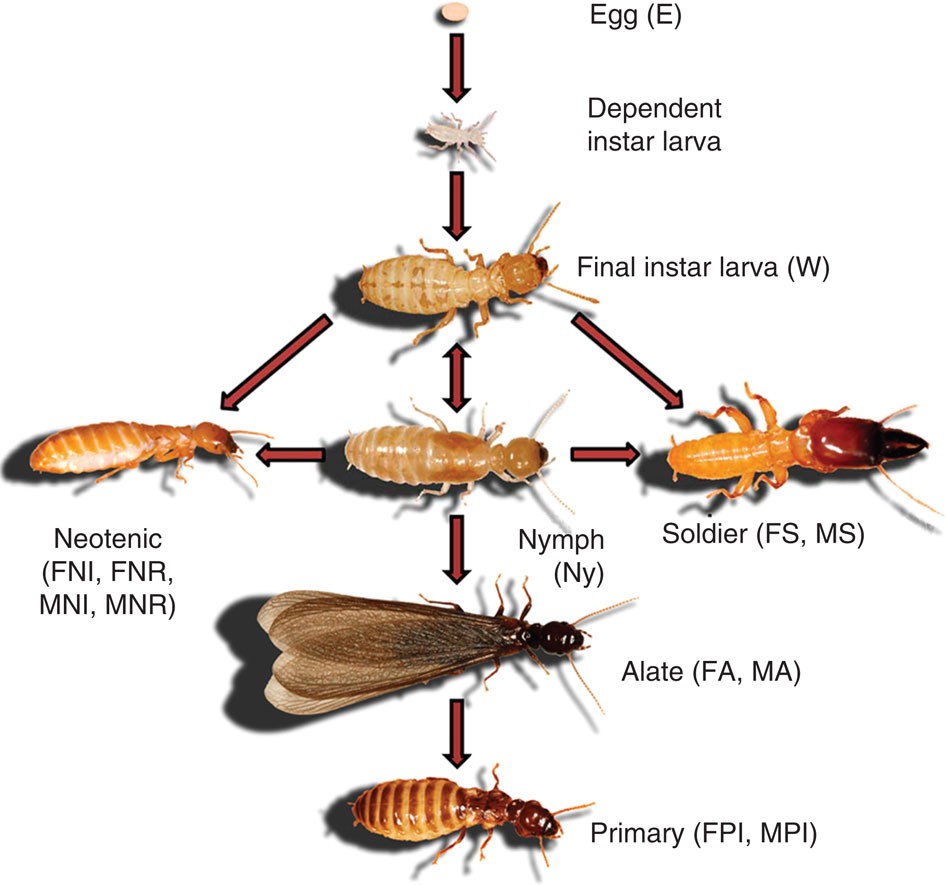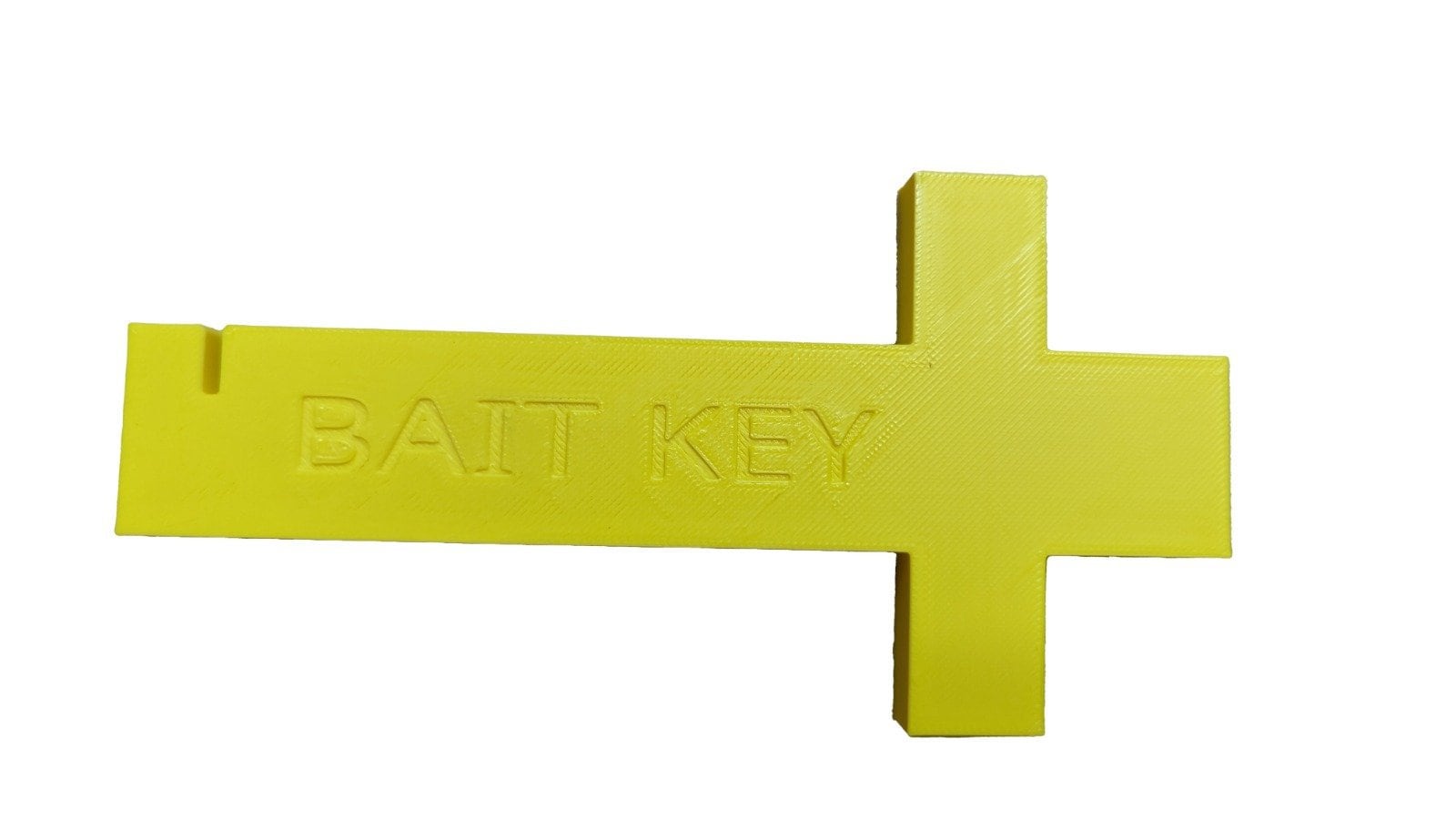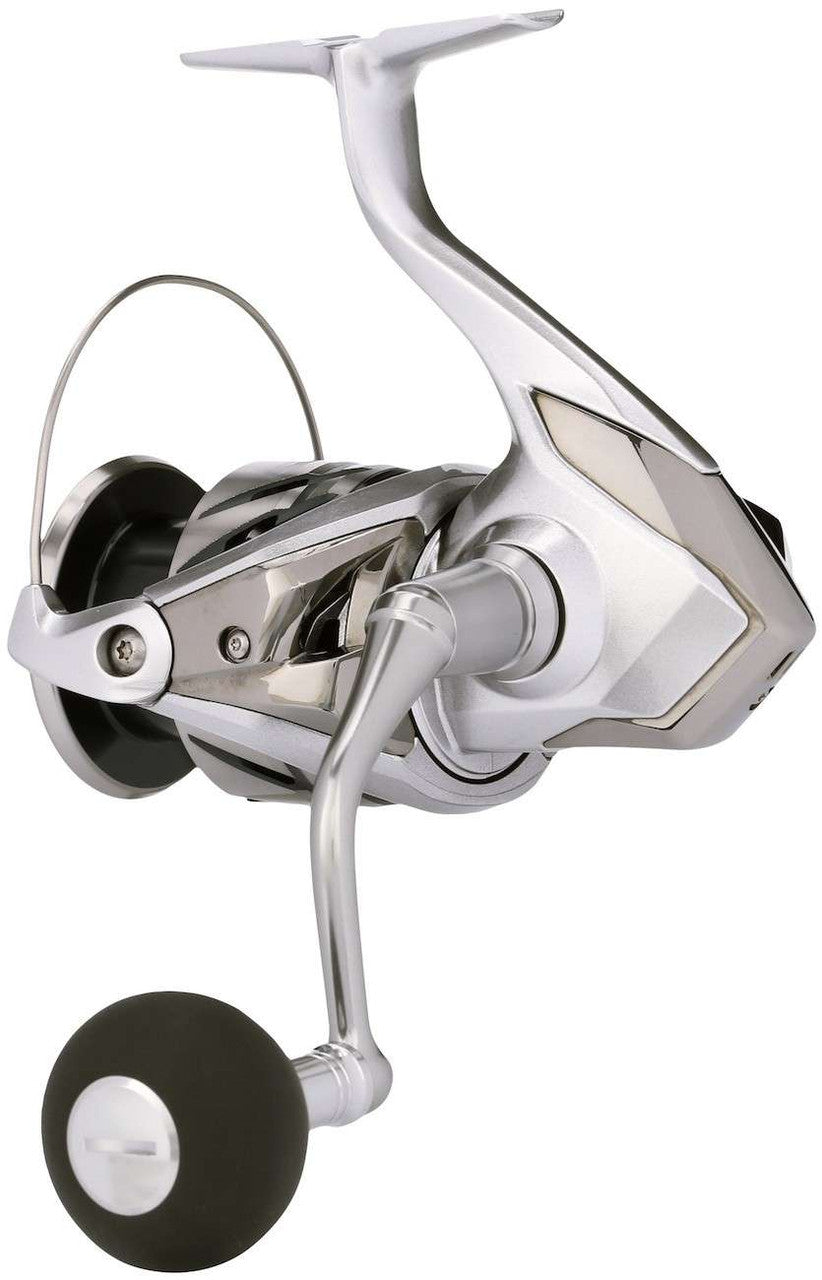Figure 4 from Attraction of subterranean termites (Isoptera) to carbon dioxide.
By A Mystery Man Writer
Last updated 30 Jun 2024


Molecular traces of alternative social organization in a termite

Isoptera - an overview

PDF) Attraction of Subterranean Termites (Isoptera) to Carbon

Preserving-History-Subterranean-Termite-Prevention-in-Colonial

Soil organic matter is essential for colony growth in subterranean

Ecology of termites from the genus Nasutitermes (Termitidae

Coptotermes formosanus (Formosan subterranean termite)

PDF) Attraction of Subterranean Termites (Isoptera) to Carbon Dioxide

Chemistry of the Secondary Metabolites of Termites
Recommended for you
 Buy Pest Control Baits & Lures Online on Ubuy Botswana14 Jul 2023
Buy Pest Control Baits & Lures Online on Ubuy Botswana14 Jul 2023 Hex-Pro Shatter Termite Baiting - 6 Poison Stations14 Jul 2023
Hex-Pro Shatter Termite Baiting - 6 Poison Stations14 Jul 2023 Page 3 - Buy Sentricon Products Online at Best Prices in Kuwait14 Jul 2023
Page 3 - Buy Sentricon Products Online at Best Prices in Kuwait14 Jul 2023 Mouse Trap - Little Giant - The Better Mouse Trap, 2 Pack (Item No. PMT) : 露臺、草皮與花園14 Jul 2023
Mouse Trap - Little Giant - The Better Mouse Trap, 2 Pack (Item No. PMT) : 露臺、草皮與花園14 Jul 2023 JT Eaton 408BULK Jawz Depot - Cubiertas para trampas para ratas y ardillas, paquete de 6 : Patio, Césped y Jardín14 Jul 2023
JT Eaton 408BULK Jawz Depot - Cubiertas para trampas para ratas y ardillas, paquete de 6 : Patio, Césped y Jardín14 Jul 2023 Termite Bait Station Termite Trap Box For Outdoor Gargen Indoor Effective Non-toxic Simple Safe Easy to Use Durable - AliExpress14 Jul 2023
Termite Bait Station Termite Trap Box For Outdoor Gargen Indoor Effective Non-toxic Simple Safe Easy to Use Durable - AliExpress14 Jul 2023- How did they keep termites out of the house before termite guys existed? My house is 160 years old, but it is up on brick pillars. - Quora14 Jul 2023
 Termite Bait Station Key Tool, Exclusive Pain-Free14 Jul 2023
Termite Bait Station Key Tool, Exclusive Pain-Free14 Jul 2023 Termite Bait Station Key Access Tool for Opening Termite Traps14 Jul 2023
Termite Bait Station Key Access Tool for Opening Termite Traps14 Jul 2023 5X Outdoor Termite Bait Box Termite Killer Trapper White Ant14 Jul 2023
5X Outdoor Termite Bait Box Termite Killer Trapper White Ant14 Jul 2023
You may also like
- YETI14 Jul 2023
 Fish on Hat CLASSIC Baseball Cap Fishing Hat Fisherman Gift Custom14 Jul 2023
Fish on Hat CLASSIC Baseball Cap Fishing Hat Fisherman Gift Custom14 Jul 2023 YourGift 10 Pack 4 Inch Heavy Duty S Hooks S Shaped14 Jul 2023
YourGift 10 Pack 4 Inch Heavy Duty S Hooks S Shaped14 Jul 2023 Children's 14pcs/Set Magnetic Fishing Parent-child interactive14 Jul 2023
Children's 14pcs/Set Magnetic Fishing Parent-child interactive14 Jul 2023 USA Fish Flag, Fishing hat14 Jul 2023
USA Fish Flag, Fishing hat14 Jul 2023 reel to reel tape recorder, Other Audio14 Jul 2023
reel to reel tape recorder, Other Audio14 Jul 2023 TICA Victor Jigging Reel Reinforced Metal Body and Star Drag14 Jul 2023
TICA Victor Jigging Reel Reinforced Metal Body and Star Drag14 Jul 2023 Shimano Stradic FM Spinning Reel14 Jul 2023
Shimano Stradic FM Spinning Reel14 Jul 2023 Vintage Snapback, Du Point Stren Monofilament Fishing Line14 Jul 2023
Vintage Snapback, Du Point Stren Monofilament Fishing Line14 Jul 2023 Buy Mono Nylon Fishing Line online14 Jul 2023
Buy Mono Nylon Fishing Line online14 Jul 2023
